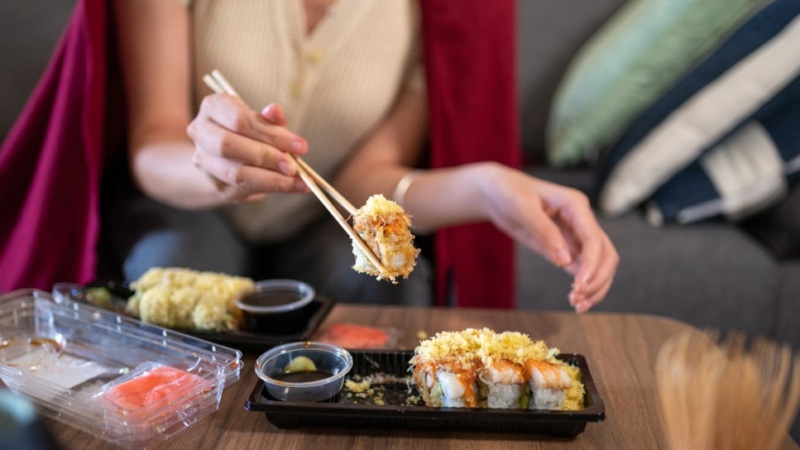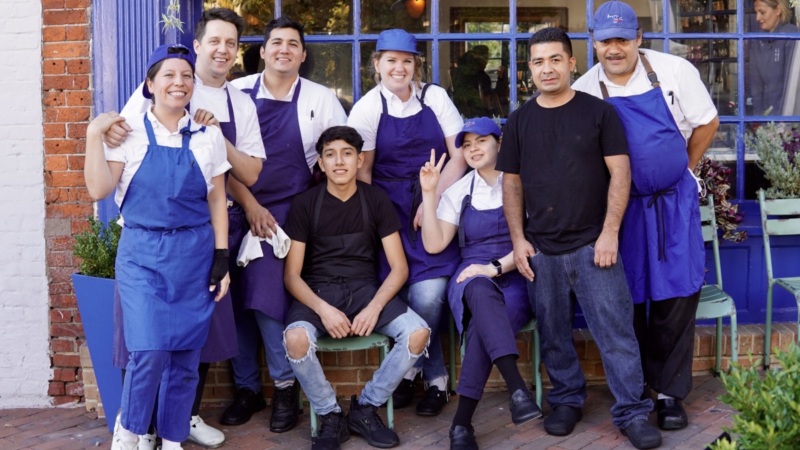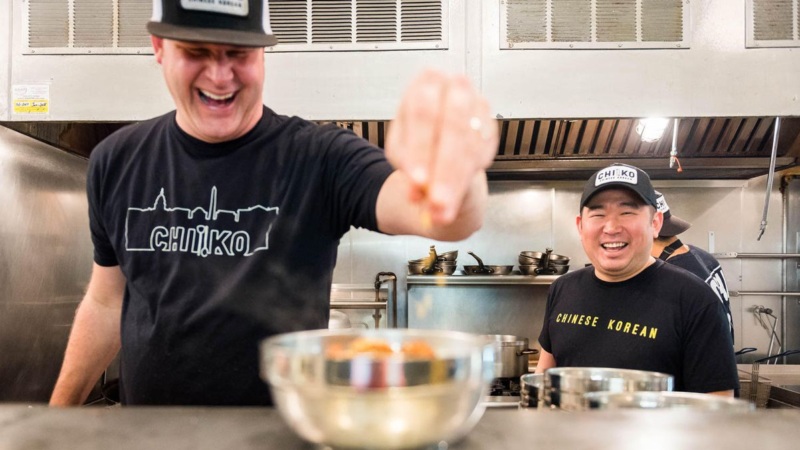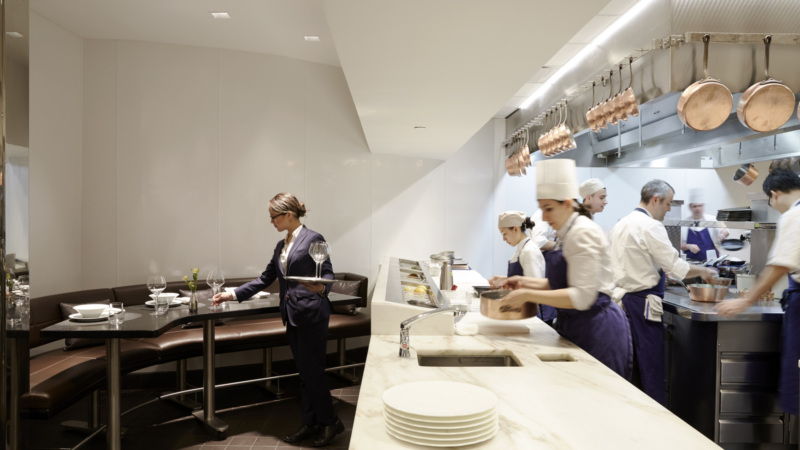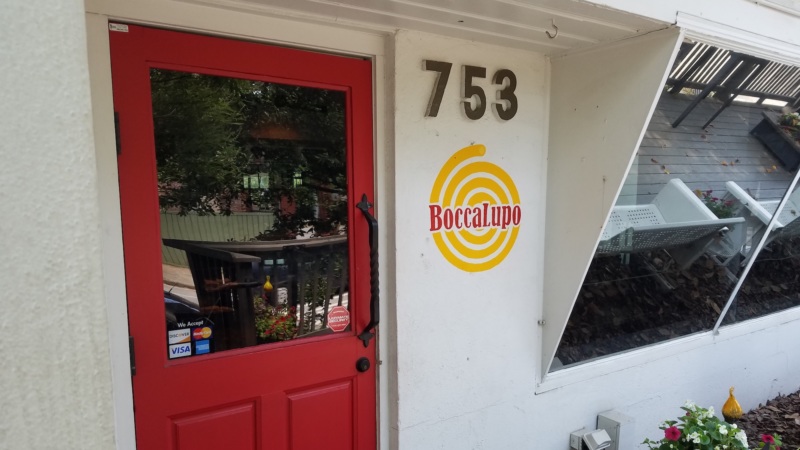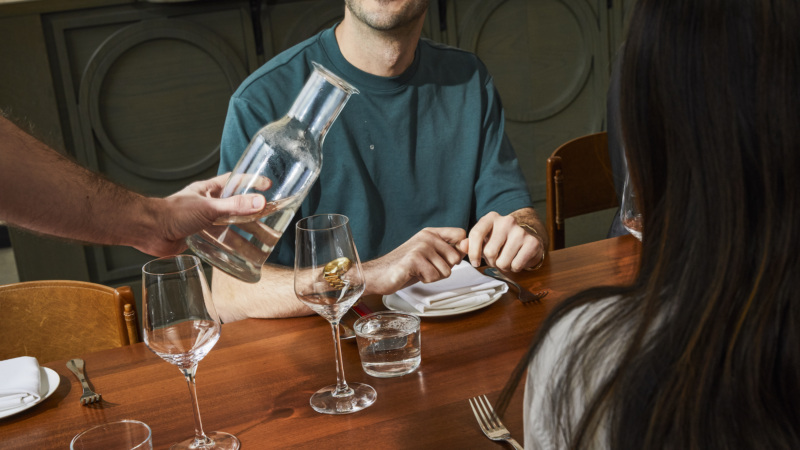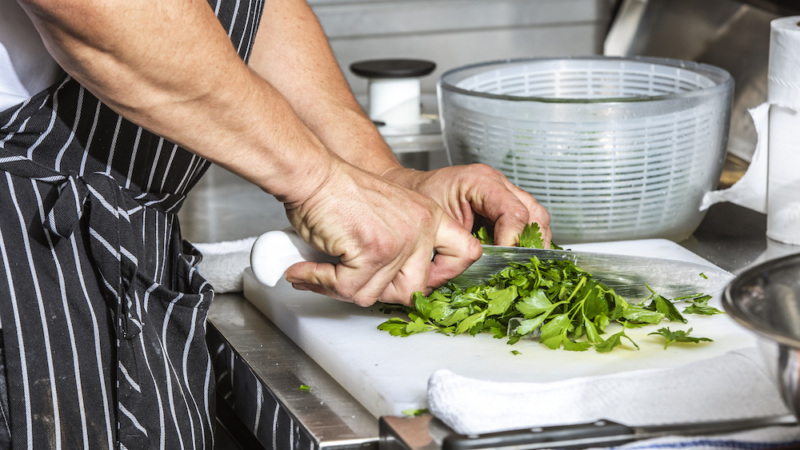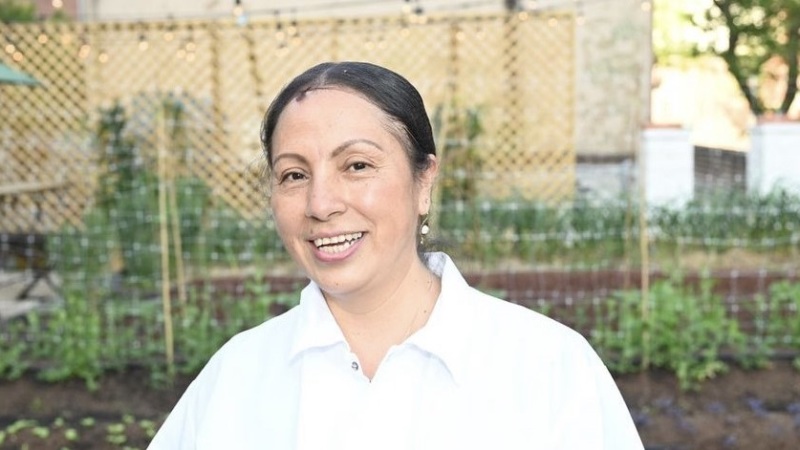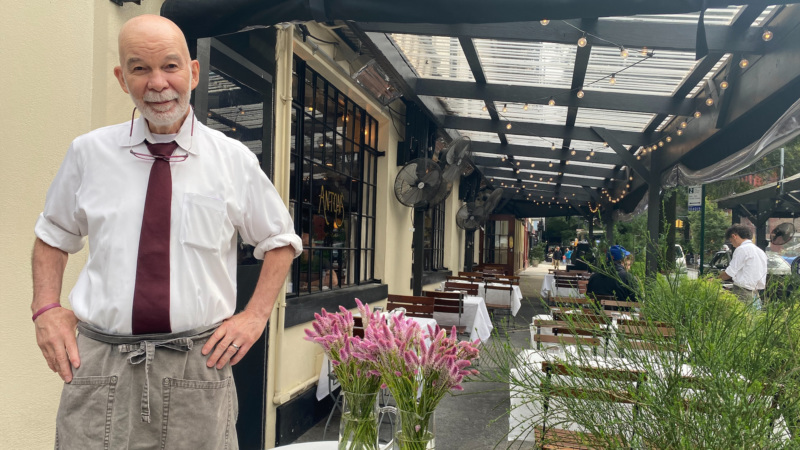
Discounts, Bundles and Anchors: Pricing Principles for Restaurants
With punishing curfews, bans on households mixing indoors and overall capacity limits, the hospitality sector has had to look for new ways to attract customers back to their dining rooms, with a mixture of the physical — outdoor heaters and rainproof canopies, for example — and financial. Speaking to the latter, pricing psychology principles can help draw attention to your business’s offerings, entice guests and boost revenue.
But using pricing strategies on your menu can be just like using salt in your kitchen — the right amount is great, but overdoing it can be catastrophic to your product. We’ve compiled the pros, cons, and best practises for three pricing strategies that you can start using today.
Discounts
Discounts, or lowering the price of one or multiple items, are used to create awareness with the goal of leading to increased sales. They can be extremely effective as seen in the UK’s Eat Out to Help Out scheme this past August. The promotion offered up to 50% discount on restaurant meals on Mondays, Tuesdays, and Wednesdays. Resy saw a massive increase in completed covers during this period as seen in the graph below.
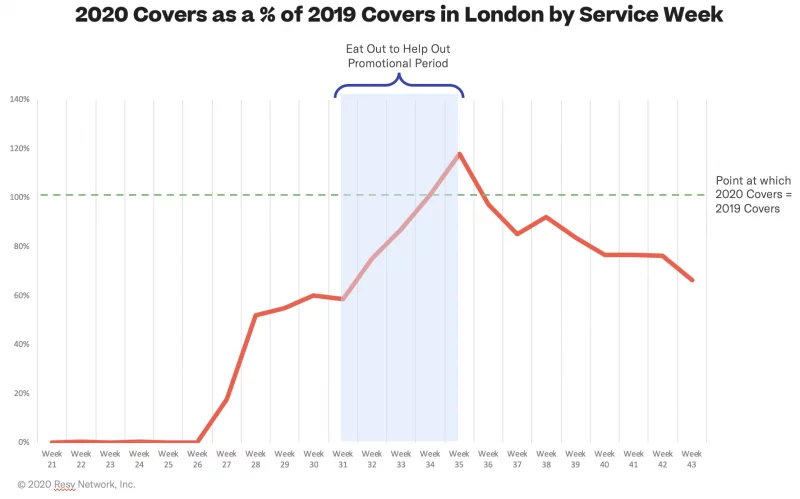

But the data tells an additional story as seen in the immediate dip in covers after the promotion ended. While there was clearly a short term gain from the scheme, the long term impact of discounts can vary. When creating your own discount program, don’t give money away too easily and make your discounts contingent upon consumers doing something beneficial for your business, like coming in during slow “early bird” periods or posting on social media.
London Business School Professor Oded Koenigsberg cautions against overusing discounts. “If you reduce prices continuously, you might change consumer perception about your restaurant, whether you want to or not,” says Koenigsberg. Offering consistent quality and service while being transparent about the offer can help alleviate consumer stress and align expectations.
For an alternative to the traditional price-reduction model of discounts, Chef Eric Ripert of New York’s Le Bernardin recently discussed his restaurant’s strategy with restaurateur Dave Chang on his podcast “The Dave Chang Show”. “We have decided not to compromise on the quality of our product,” says Ripert. “Exactly like during the recession of 2009, we said we are not going to cut the prices or compromise on the quality. Instead, we are going to give more for the same amount of money because people want value.”
Example: Ombra in Bethnal Green runs a discount on their set menu from 5-6:30 on weekdays. This offer is clear, minimising friction with guests, and also has the benefit of filling their seats at a time when sales typically dip.
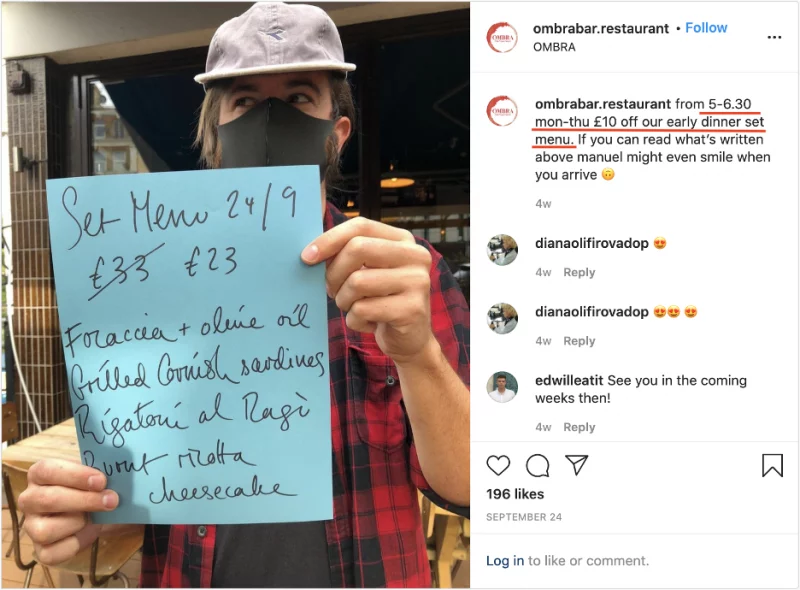

Price Bundling
Price bundling is the concept of putting multiple items together and selling them for one price. When consumers scan a menu, it is far easier to identify and account for the cost of one item versus many within a bundled purchase. You are likely already using price bundling on your menu by offering meals that include more than one product. For example, if you sell a chicken dish for £25, and the only thing included on that plate is a chicken breast, your customers might be wary of purchasing it because they can more easily calculate what one chicken breast is worth. However, when you add a side of roasted carrots and smashed potatoes, ascertaining the value becomes more difficult.
You can get creative with what you bundle together to attract guests in a post-COVID world. Professor Koenigsberg advises using bundling to enrich consumer experiences. “Food is only one part of the restaurant experience, but a lot of the ambiance and presence of a restaurant has had to change or disappear during this time.” To bring some of the magic of hospitality to off-premise dining, Rochelle Canteen partnered with Resy for a Resy At Home Specials Event, where guests can pick up a packaged box with a meal, wine, a table decoration and a custom playlist.
Be wary not to price your bundles too low or you could negatively impact your bottom line. You want to strike a balance between adding value for your guests by curating the pairings and adding value for your restaurant by selling items that may not otherwise sell on their own.
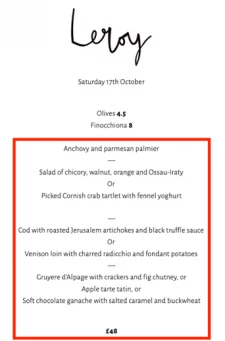 Example: Shoreditch wine bar and restaurant Leroy, often considered one of the best value in London, offers a set menu with service included. By combining a mix of high and low food cost products, they ensure steady revenue for themselves and a valued meal for their guests.
Example: Shoreditch wine bar and restaurant Leroy, often considered one of the best value in London, offers a set menu with service included. By combining a mix of high and low food cost products, they ensure steady revenue for themselves and a valued meal for their guests.
Price Anchoring
Price anchoring refers to the tendency of humans to strongly weigh the first piece of information offered when making decisions. This applies to restaurants by listing more expensive items before the item that you want to drive people to buy. The term “anchor” is used for the expensive item that is placed at the top or first in a list of options. For example, if you offer all the cocktails on your menu for £18, some consumers may feel that’s too expensive and opt out of ordering one. If instead you offer a £20 cocktail at the top of your menu and then £18 cocktails beneath it, price anchoring would predict that more people would buy the £18 as they now seem like a bargain.
Anchoring can be used in conjunction with discounts — buyers will see the original price as the anchor price and the discounted price as more favorable, making them feel like it’s too good of a deal to pass up. You want to be careful when establishing and managing your anchor prices as consumer trust can be affected by artificially inflated anchors. Professor Koenigsberg cautions, “The biggest risk for businesses is when the gap between the realisation of the service to the expectation of the service is negative, meaning if the consumer realizes the quality they received is lower than their expectations. Transparency is key.” Avoid this risk by keeping the quality of your products and services high, even when offering less expensive options, and communicating clearly with your customers.
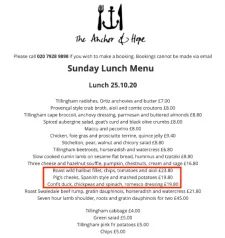 Example: The Anchor and Hope in London’s Southwark offers a roast wild halibut fillet for £23.80 above the pig’s cheeks and confit duck which are both £19.80. This makes the pork and duck seem like good value options and forces our brains to quickly compare. Halibut is an expensive ingredient, and while it does have a higher price, it may have a lower profit margin for the restaurant. Thus pushing orders to cheaper cuts like pig’s cheek can have a positive financial impact for the restaurant.
Example: The Anchor and Hope in London’s Southwark offers a roast wild halibut fillet for £23.80 above the pig’s cheeks and confit duck which are both £19.80. This makes the pork and duck seem like good value options and forces our brains to quickly compare. Halibut is an expensive ingredient, and while it does have a higher price, it may have a lower profit margin for the restaurant. Thus pushing orders to cheaper cuts like pig’s cheek can have a positive financial impact for the restaurant.
*Opinions and views in articles shared on Resy OS are presented for the purpose of discussion and commentary on topics of interest in the restaurant industry; they should not be viewed as substitutes for advice given by professionally engaged business consultants and advisors.





